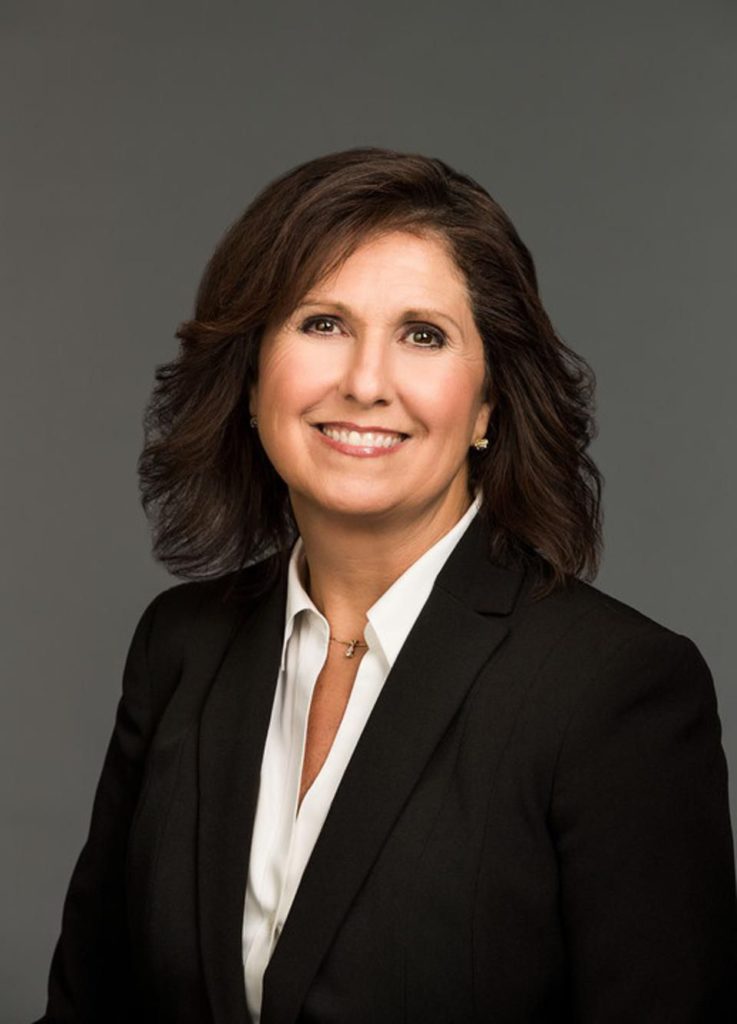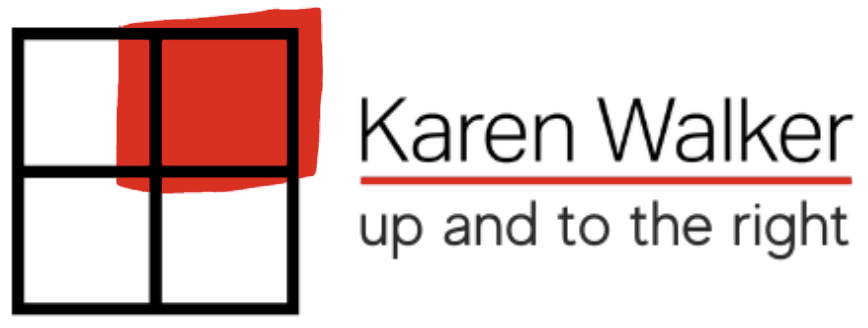
Jo-ann de Pass Olsovsky climbed every rung of the proverbial career ladder to reach her position as CIO at Salesforce – and gives liberal credit to others for helping her up. Her broad experience gives her an uncommon appreciation of employee engagement and experience.
I spoke with her recently about her leadership lessons, her experience during the pandemic and what “back to the office” looks like for Salesforce.
This interview was edited and condensed for clarity.
This idea of employee engagement and experience being driven by the CIO today versus being driven by HR, which is typically where we think it resides in an organization. How did that come about?
It’s paramount. We refer to ourselves as business technology.
We renamed ourselves a few years ago because I wanted us to focus on the impact on the business. We look at three pillars: one is global scale, another is customer experience and the third is employee experience.
The iPhone came out when our current college hires were about eight years old. They have never known a world really without touch. I grew up with a keyboard and a mouse because I started my career as a technician, and engineer, but they’ve never known that world. And employee experience is so important. We can’t ask a new hire to do, “Control, function, eight.” They wouldn’t know how to do it.
The employee journey begins before the offer letter, with the interview and hiring. Technology is a massive part of that. The CIO has to take a leadership role in all aspects of that employee’s experience. While we work closely with the HR team, we look at everything from the technology aspect. We have a goal that on day one, wherever you are in the world, we will find you. You will have a computer, a phone and your access. I don’t care if you’re in Sydney, Australia. Wherever you are, these will be in your hands on day one.
Beyond that, every tool and every system you use during your tenure at the company will be what we call “Salesforce easy.” Our mindset and our actions tie to that objective to try to make it “Salesforce easy.”
That brings me to work.com. I’ve read that it’s something that you offer to your employees and to your customers. I’m curious if that was a chicken-or-egg situation. Did the development come about because of something internally you were doing? Then, did you decide it was so good that you needed to go external with it?
It was a little of both. We had some products that we could leverage as a foundation. We also added capabilities when the need arose, particularly resulting from the impacts of COVID. We thought about all of us working everywhere. We recognized that employees would have a need to come back at some point. And many customers needed help with that, asking, “How do I manage to bring back employees?”
We’ve recently re-opened our Dallas office. I’ve been going to the office there, so I’m now a user of my technology using work.com. You do the attestation. You answer the “doctor’s office” questions. Have you been exposed? Have you been around anybody who is sick? We do a nasal swab test.
When I pre-schedule a return to the office, I input the shift that I want. I don’t have a fixed office anymore – none of us have offices. We sit in the open space, and we sit in collapsed areas. This process allows our real estate team to manage a safe return for us.
Pre-COVID, our team was very flexible. We worked from home about two days a week, and we came into the office about three days a week. Now, post-COVID, our schedule is a bit more liberal. Our view on work flex is that you will be in the office one to three days a week. Moving forward, that flexibility will stay.
There was this overnight moment when the pandemic hit, and technology took center stage. How did you lead your team to help the organization support the rest of Salesforce?
The first thing we had to do was to think about customer operations. My team, of course, provides the automation for the company, pre-sales and post-sales and our back office. We had to pay attention to our call centers. Everybody went home. We had to make sure that our employees, and even some third parties that handle different call center functions for us, had what they needed.
It was a scramble for my team. We had to bridge the gap to make sure that people had a computer to support their work. We have people in Manila, South America, India and all over the globe. Our priority was to make sure our customers had what they needed, and also our employees. It was challenging because some areas shut down their transportation systems and we couldn’t ship computers and equipment to people. But we couldn’t drop the ball for our customers.
Fortunately, Salesforce is very digital. We didn’t face the constraints of physical PBXs and desk phones like some of my CIO colleagues had to face.
I’d love to hear about your own leadership journey. On a 2×2 matrix, we always want to be in that upper right-hand quadrant. I’m curious if there were pivotable moments in your career when you knew that you were moving up and to the right?
I’ve been blessed with an amazing career. I started my career at 19 as a technician working for AT&T, on the third shift. Then I put myself through school to get an associate degree in electronic engineering. I was very fortunate that I worked for an excellent company, where my career flourished. I worked hard, and people took an interest in my career.
When a former leader said, “Jo-ann, you’re going to learn through osmosis,” that was a pivotal moment. He meant that there’s so much that you learn in the day-to-day that will help you.
I worked for a few very challenging leaders, but I learned the most from them. Each of these leaders took me under his wing. Each taught me how to be in the executive suite and to come across with credibility and respect. Usually, I was the only woman in the room. Being an engineer with AT&T then, I was surrounded by men who were 30-year company veterans. And there I was, at 20 years old.
As a result of the coaching of one of my mentors, I went back to school at night. I finished my bachelor’s degree and then I earned an MBA, thanks to AT&T’s tuition reimbursement program.
Also, I was always advised, “Don’t be afraid to raise your hand.” I started raising my hand whenever I heard about a big project. When someone said they needed help, I said, “O.K. I’ll do it.”
Since the time I began my career, some things have changed and some haven’t. The technological advances have helped us move to that upper right-hand quadrant. Zoom, for example, is now an action verb. But the one thing that’s never changed is the importance of a good team, recognizing that we are nothing without our people. If you provide a great place to work, you will not have talent shortages.
Your reputation goes wide and far. One of my mentors told me, “The things that are most valuable in your life are your reputation and your credibility. Don’t squander them.” I’ve taken that very seriously.
Because despite the world being so big, it’s very small.
